2018 Nissan Leaf SL First Drive - Powering Back From Obsolescence

The previous-generation all-electric Nissan Leaf (technically “LEAF,” but that acronym sends my MacBook Air into a snit befitting Peter Frampton), with toenail clippings for headlights and a face only a mother could slug, has historically done very well for itself, selling well over 100,000 units in America since its introduction eight long model years ago.
For 2018, the Japanese automaker set out to prove an all-electric car doesn’t have to look like a science experiment. In the past, new models were denoted by the holy trinity of longer, lower, and wider. In the EV sphere, that trio takes the form of longer (range), lower (charge times), and wider (infotainment screens).
Let’s get one thing out of the way straight off the top: the 2018 Leaf is limited to an advertised 150 miles of range on a single charge. In a world where the Chevrolet Bolt can easily crack the 200-mile mark, this seems like a missed opportunity for Nissan to pole vault over its competition. However, Nissan engineers assured me a 200+ mile version of the Leaf is in the offing for 2019, at which point I think the company will pick up a few more EV converts. Naturally, the long-legged Leaf will be more expensive.
The major factor contributing to the Leaf’s 150-mile range is Nissan’s fascination with keeping its battery the same dimensions as in the outgoing Leaf. The 40 kWh unit in the 2018 model consumes the same amount of space as last year’s model, despite packing an extra 10 kWh of juice. In the old car, four cells with 48 modules each made up the battery. For 2018, double the number of cells with half the number of modules allows for more creative use of the same space with more efficient battery materials. It works out to a 33-percent increase in energy density.
A quick DC charger will furnish enough electrons in the span of 40 minutes to travel over 100 miles. These types of chargers are Level 3 units found in public places, pushing enough electricity to make even Doc Brown sit up and take notice. More realistically, a 240V plug at home (like the one for your clothes dryer or electric range) will turn the same trick in about seven hours. A regular old socket like the one into which you plug your toaster? It’ll take more than a day to fully charge the new Leaf from that unit.
Andy Christensen, Senior Manager of Intelligent Transportation Systems Research at Nissan, works out of the company’s tech center in Detroit. Before we hit the road, he took great pains to emphasize that the ProPILOT system – Nissan’s name for its bundle of driving nannies – was not an autonomous or self-driving feature. The suits must’ve been watching the Tesla lawsuits very carefully. What ProPILOT does do is, by way of lane-keeping and adaptive cruise control, provide a hands-on driver assistance system.
Designed for use on the freeway, the system reads lane markings and the traffic ahead, gently nudging the car back into its lane like a persistent sheepdog herding wayward lambs. It deploys a torque sensor in the steering system to determine if the driver has their hands on the wheel, rather than pressure sensors which can be defeated by, say, taping a water bottle to the steering wheel.
If the driver keeps their hands to themselves for more than 10 seconds or so, the Leaf sends out a series of audible beeps paired with a visual warning. Ignore them, and the system will blare out a klaxon as if the Romulans were invading, eventually using the brakes to gently come to a full stop while flashing the emergency hazards. I did not manipulate the system to make the klaxon sound on my test drive loop just to see if it worked. No, sir.
Over a winding road with poorly marked lanes, ProPILOT did about as well as you’d expect for a system relying on visual cues trying to read a path of faded lines. The strobe-light Doppler of sunshine poking through the trees on this secondary road surely did ProPILOT no favors. Hitting US 101 and its brightly painted lane markers allowed the system to work as advertised.
Driving the Leaf is a remarkably normal experience. No mental gymnastics are required to figure out any of the readings or controls. Output from the powertrain is rated at 147 horsepower, more than a third better than the old car. Torque is up to 236 lb-ft, most of which is available from rest, giving the car a sprightly kick off the line as I turned onto the Silverado Trail. Most all-electric cars behave in this manner.
One variation between different models of electric cars is the ability (or willingness) to engage regeneration tactics in an attempt to top up the battery. In cars like the Bolt and BMW i3, it is possible to employ so-called “one-pedal driving,” referring to the ability of the car to aggressively slow itself when the driver lifts off the accelerator, recapturing some energy generated by the deceleration and dumping it into the battery, theoretically increasing range.
Nissan has jumped on this bandwagon, labeling its solution the “e-pedal.” After flicking the appropriately labelled switch on the centre console to activate the feature, I found the level of regeneration to be appropriate, not aggressive, and about on par with what I experienced in the Bolt. An advantage of the Nissan system is that as the car comes to a complete stop, the Leaf engages its actual friction brakes, allowing the car to hold itself on a hill up to a gradient of 30 percent, according to Nissan. This would be very helpful for someone trying to parallel park on a slope.
Two ergonomic excrescences rear their heads in the interior of the 2018 Leaf. Most egregiously, the steering wheel doesn’t telescope, a bizarre omission given Nissan has a wide parts bin from which to draw. Perhaps it was a cost-cutting move.
The other oddity is the Leaf’s shifter, a small puck-shaped device the driver slides sideways and forward for reverse, then straight back to engage drive. Current Leaf owners will find it familiar but it might be a turn-off for conquest buyers. Certainly, it is no more of a learning curve than the unit found in the Chevy Bolt.
Elsewhere in the interior, this 6’6” author found himself sitting a bit high in the saddle, thanks to the batteries under the floor jacking the front chairs slightly skyward. Those of non-NBA stature will not have a problem. Covered storage in the centre console is minimal but there is a cubby ahead of the shifter perfectly shaped to accept a large smartphone while it is charging. The trunk is deep and commodious but the storage solution for the Leaf’s charging cable is decidedly low-rent.
Examining a lone red Leaf SL in the parking lot (it always pays to get up and do work while the rest of the journalists are still slumbering), I had a chance to talk with Ichiro, one of the key people from Japan working on the new Leaf design. He explained to me that he and his team drew inspiration from mag-lev trains when penning the headlights, seeking to give the units a powerful but futuristic anti-gravity appearance.
To these jaundiced eyes, it is a cohesive look – though I do freely confess to an inexplicable affinity for vehicles with quad headlamps. Ichiro-san was also proud of himself when I noted the smooth integration of the hood creases and edges of the plug-in door. Absent of close study, it is difficult to even tell the flap is there, making it a certain improvement over the obvious protrusion on the schnoz of the old Leaf.
The Leaf is available in Nissan’s three traditional trims – S, SV, and SL. Michael Arbuckle, a senior manager in the company’s EV Marketing and Sales Strategy division, told me the mid-range SV is expected to make up about 60 percent of sales, while the high-zoot SL and stripper S models comprising around 22 and 18 percent of sales, respectively.
Given the amount of kit absent from the $29,990 S trim (diminutive infotainment, optional DC quick charge port, and el-cheapo wheel covers), it’s safe to say the cheapest Leaf won’t be making an appearance in our Ace of Base series anytime soon. The $32,490 SV trim hits the sweet spot in the Leaf lineup by adding navigation, adaptive cruise control, Apple CarPlay/Android Auto, and all the gear needed to charge the thing quickly.
According to Nissan, the take rate on leasing a Leaf has traditionally been very high. Over the last 18 months they’ve been working to lower that number and expect the rate of purchase to go up once the 2018s hit dealer lots. Recently, about 50 percent of Leaf customers have signed up for a lease, with the balance made up of finance and cash purchases.
No longer wearing the face of a battered hamster, the Nissan’s all-electric hatchback stands a good chance of attracting customers beyond the traditional EV early adopters. We’ll find out soon enough. The 2018 Nissan LEAF, built in America, goes on sale in late January.
[Image: © 2017 Matthew Guy/The Truth About Cars]

Matthew buys, sells, fixes, & races cars. As a human index of auto & auction knowledge, he is fond of making money and offering loud opinions.
More by Matthew Guy
Latest Car Reviews
Read moreLatest Product Reviews
Read moreRecent Comments
- Cprescott No big loss. It was always third rate when there was competition. At best its only good point was its price point.
- ToolGuy Journalists saving the world again. LOL.
- Stars9texashockey The Lyriq is selling better because it's discounted now. l think Lincoln does a much better job of styling their SUV's than Cadillac (except for Navigator vs. Escalade,) but they don't sell.However, Cadillac continues to offer sedans where Lincoln doesn't.
- SCE to AUX At this point, I don't know who the target customer is for Cadillac. I have zero interest.
- Cprescott Cadihack styling is stale - the interiors have not been luxurious, and the V-Series should be the base models in order to make waves. Until this company ditches the putrid and hideous pre-dented look of Arts and Scientology (!), the company is going nowhere.



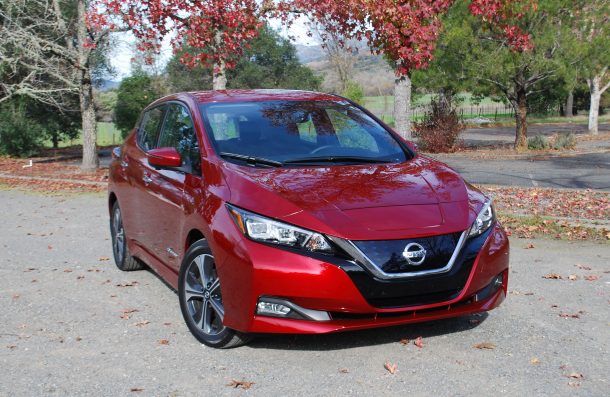






















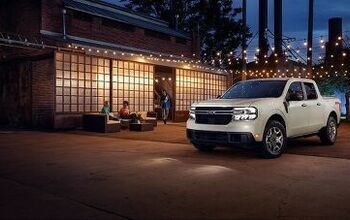
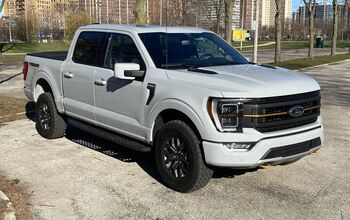
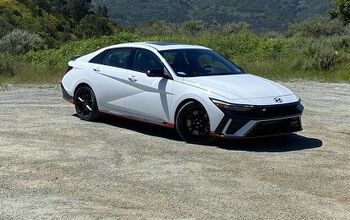
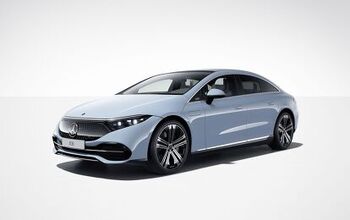
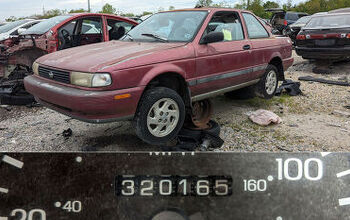
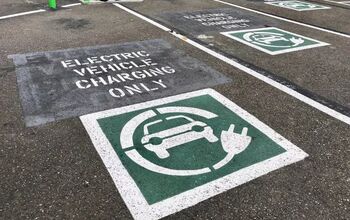
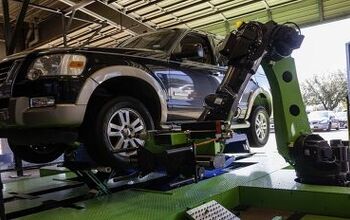
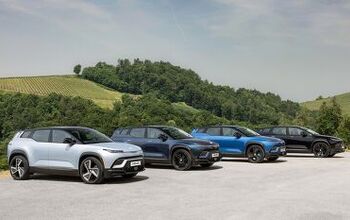
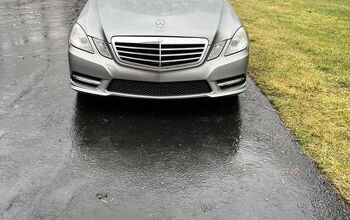
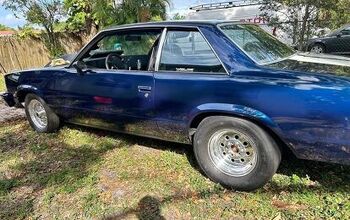
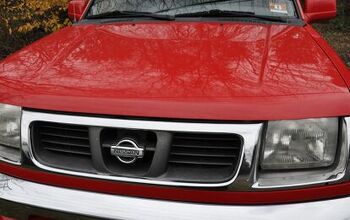
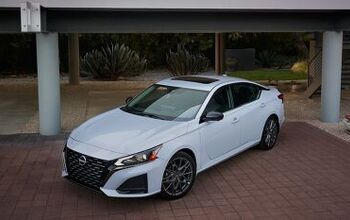
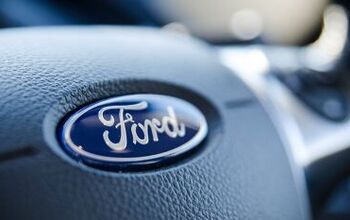
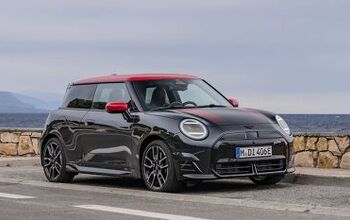
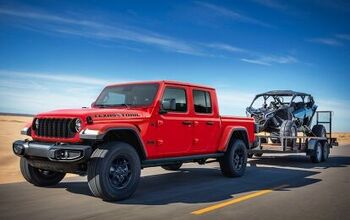
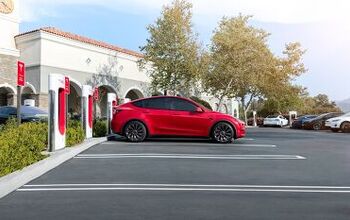
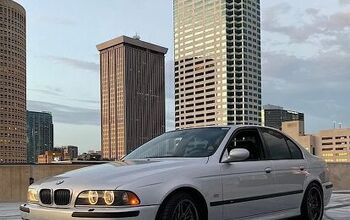

Comments
Join the conversation
Seat comfort and ride quality? Interior noise level?
A flat-bottomed steering wheel on a Leaf?